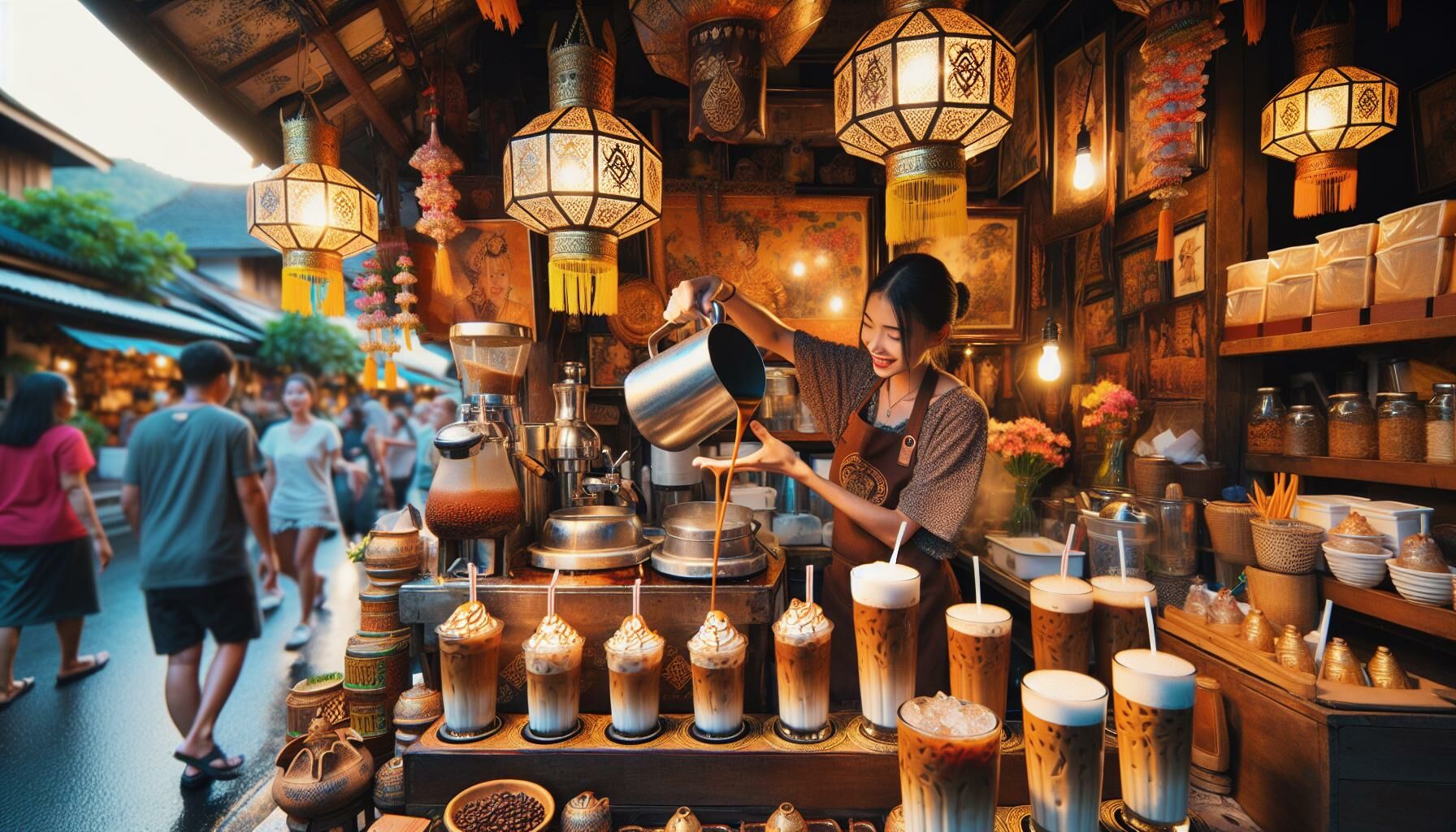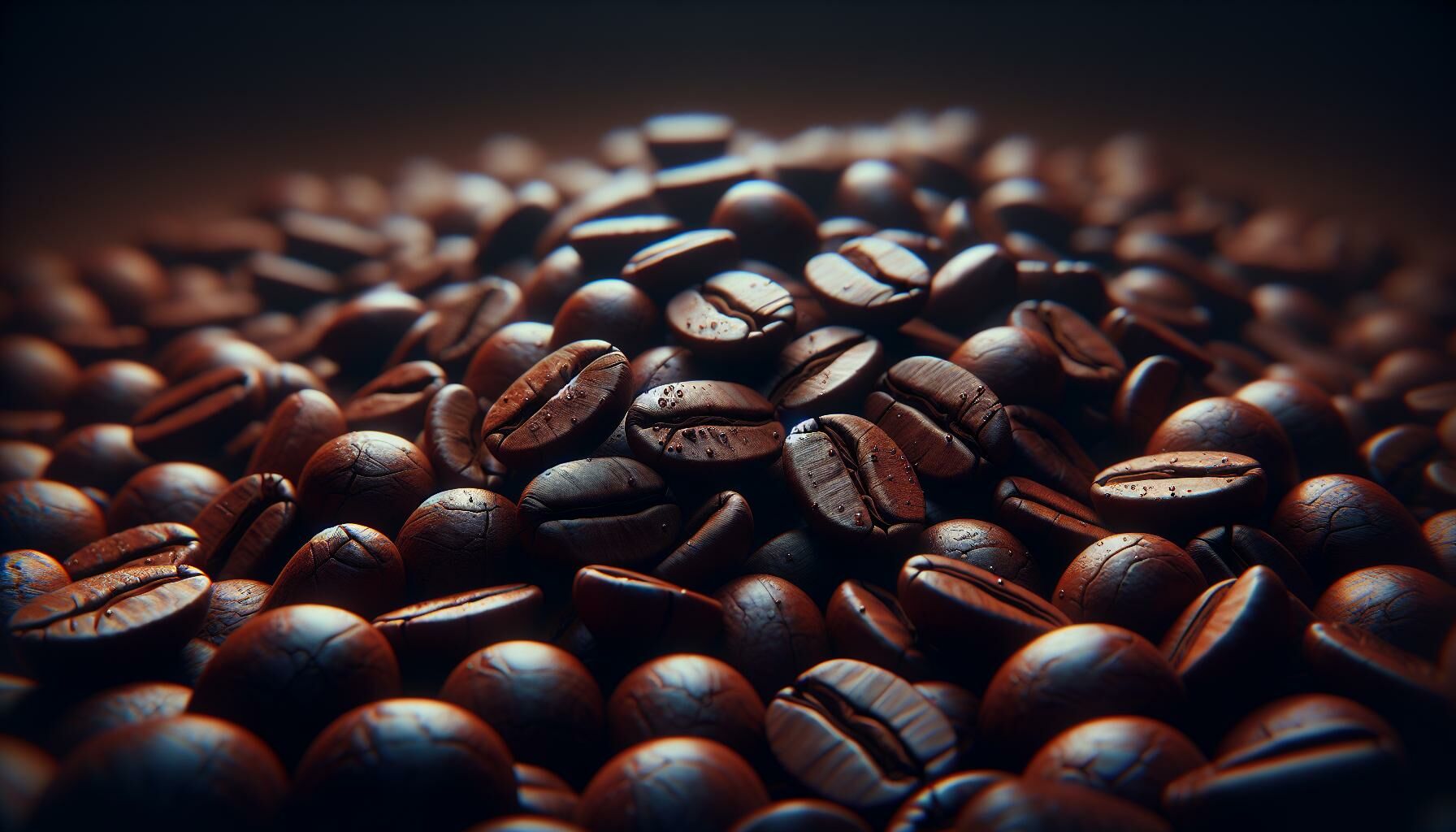Explore Thailand’s emerging coffee culture: Some insights

Thailand’s coffee scene is on the brink of a revolution. Gone are the days when traditional and instant coffees ruled the roost. A more refined coffee culture is blossoming across the country, marking a significant shift from its past.
This transformation kicked off two decades ago, with the advent of Black Canyon and the arrival of Starbucks in 1998. These chains didn’t just offer a new place to grab your morning brew; they fundamentally changed how Thais viewed and consumed coffee. Now, with a robust 7% growth in coffee consumption noted between 2008 and 2012, Thailand’s coffee landscape is richer and more vibrant than ever.
Coffee in Thailand
Thailand’s coffee scene has undergone a transformation. The journey from traditional and instant coffee to a more sophisticated coffee culture marks a significant shift in local preferences and consumption habits. At the heart of this evolution sits the rise of coffee chains and the burgeoning scene in Chiang Mai, often dubbed the coffee capital of the country.
20 years ago, It all changed
About two decades back, Thailand’s coffee landscape began its metamorphosis. The entry of chains like Black Canyon and Starbucks in 1998 wasn’t just a new choice on the menu; it was a revolution in mugs and attitudes. These chains didn’t just sell coffee; they sold a new way to start the day. You’d find more Thais opting for a freshly brewed cup rather than the traditional instant variants in the morning, illustrating a pivotal shift in consumer behavior. This wasn’t a small blip on the radar either. Coffee consumption shot up, achieving a 7% compound annual growth rate (CAGR) between 2008 and 2012, encompassing coffee beans, fresh ground coffee, instant coffee, and ready-to-drink coffee.
Chiang Mai: The cradle of coffee culture
Chiang Mai is where it pulses strongest. The city plays host to the Arabica Association of Thailand and the Royal Coffee Research Centre. But it’s not just about the institutions. The coffee and tea introduced to the hill areas in the 1980s as an alternative to opium poppies laid the groundwork for what was to come. A Central American strain of Arabica, introduced by the government, found a new home here, thriving in the region’s climate.
Thailand now stands as Asia’s third leading coffee producer, with its culture evolving from an export-focused industry to a vibrant local scene. The low barriers to entry for café ownership meant that locals and expats alike could contribute to the scene, each adding their unique twist. Many aimed to recreate the coffee experiences they’d encountered abroad, leading to a diverse and international coffee environment.
How is traditional Thai coffee served?

you’ll discover a unique way of enjoying coffee that’s steeped in tradition. Traditional Thai coffee, known locally as Oliang or iced coffee, presents a captivating blend of tastes and aromas, serving as a cool respite in the country’s tropical climate. This method of serving coffee offers a glimpse into the evolution of coffee culture in Thailand.
The preparation of Oliang starts with a blend of coffee and several other ingredients including corn, soybeans, and sesame seeds. These ingredients are meticulously roasted together, creating a distinctive flavour profile. Once ground, this blend is brewed with a cotton coffee sock, a method that imparts a smooth texture and filters out the fine grains.
Once brewed, the coffee is then poured over ice, making it an ideal beverage for beating the heat. To cater to local tastes, it’s often sweetened with condensed milk, adding a creamy, rich layer to the drink. This contrasts sharply with the black, strong brews favoured in Western coffee culture, showcasing the diversity within global coffee traditions.
For those exploring Thailand’s vibrant streets, you’re likely to encounter street vendors serving this iconic drink, presenting it in bags with a straw for easy on-the-go enjoyment. This traditional practice not only highlights the adaptability and innovation within Thailand’s coffee culture but also reflects a sense of community and shared experience.
Coffee growing regions in Thailand
Thailand’s coffee culture has been blossoming, with several regions playing pivotal roles in its development. Let’s dive into the heart of Thailand’s coffee-growing areas, where the blend of tradition and innovation brews something truly special.
Doi Chang
Nestled in the hills near Chiang Rai, Doi Chang sits within the renowned Golden Triangle. This area is more than just a picturesque landscape; it’s a cornerstone of Thailand’s coffee culture. The journey to Doi Chang offers breathtaking views of lush vegetation and mountains dotted with hilltribe communities. Once you arrive, the aroma of freshly brewed coffee envelops you. Doi Chang is not only a place to enjoy a delightful cup of coffee but also a prime location to learn about coffee cultivation firsthand. The region’s coffee plantations, such as Doi Chaang Coffee House, provide insightful tours and a chance to sample a variety of coffee blends. It’s here that you truly connect with the essence of Thailand’s coffee culture.
Doi Tung
A trip northwards to Doi Tung reveals an area entrenched in Thailand’s commitment to coffee cultivation. Supported by royal initiatives, Doi Tung’s coffee farms have blossomed, contributing significantly to the coffee culture in Thailand. The region’s commitment extends beyond cultivation, engaging in sustainable practices that ensure the preservation of its natural beauty and the wellbeing of its community. Visiting Doi Tung, you’ll discover coffee that’s enriched with the flavours of dedication and heritage, a testament to the area’s passion for coffee.
Kanchanaburi
Venture west to Kanchanaburi, where the confluence of history and nature sets the stage for coffee cultivation. This region, known for its rugged landscapes and poignant wartime history, has embraced coffee culture with open arms. The fertile land and favourable climate conditions have made Kanchanaburi a promising area for growing coffee. It’s a testament to how diverse Thailand’s coffee culture is, merging the past with the present and offering a unique coffee experience grounded in the region’s rich heritage.
Chumphon
Heading south to Chumphon, you’ll find an area that’s quickly becoming a vital player in Thailand’s coffee scene. Known for its pristine beaches and vibrant marine life, Chumphon is also carving out a name for itself in the coffee world. The region’s advantageous climate fosters the growth of coffee beans that are as lively and enticing as its coastal landscapes. In Chumphon, coffee culture is not just about the perfect brew; it’s about embracing the joy and freshness that embodies this enchanting part of Thailand.
As you explore these regions, you’ll discover the depth and diversity of Thailand’s coffee culture. Each area, with its unique climate, landscape, and community, contributes distinctly to the rich tapestry of Thai coffee. Whether you’re meandering through the northern hills or soaking up the southern sun, the integral role of these regions in cultivating Thailand’s coffee culture is unmistakable.
A cup of kafae boran, please!

This traditional Thai coffee, translating to “ancient coffee,” offers a unique taste experience that’s drastically different from your everyday espresso or latte.
Originating from the streets of Thailand, kafae boran takes you back in time. Picture yourself navigating the bustling streets of Bangkok or the serene laneways in Chiang Mai, where the aroma of freshly brewed coffee lingers in the air. Here, kafae boran reigns supreme, served hot or iced, often sweetened with condensed milk to balance its robust flavour.
What sets kafae boran apart is its brewing method. Street vendors and cafes across Thailand use a traditional cloth bag filter, similar to the sock used for brewing Oliang. This method, passed down through generations, contributes to the coffee’s distinct taste and body, creating a connection between Thailand’s past and present coffee culture.
Exploring Thailand, you’ll notice that coffee culture isn’t just about the beverage itself; it’s a reflection of community and tradition. With every sip of kafae boran, you’re not just enjoying a cup of coffee. You’re immersing yourself in Thailand’s rich history, understanding how the old harmonizes with the new, and witnessing firsthand the evolution of Thai coffee culture.
Want to know what that good about Thailand coffee beans and why it is that famous? Thailand now ranks in the top 15 coffee exporters of coffee in the world. Thai coffee was never really known, but in recent years, international recognition for Thai coffee has rapidly increased. And this time, Thailand isn’t just known for Robusta coffee beans but also for Arábica coffee beans.
Latest Thailand News
Follow The Thaiger on Google News:

























